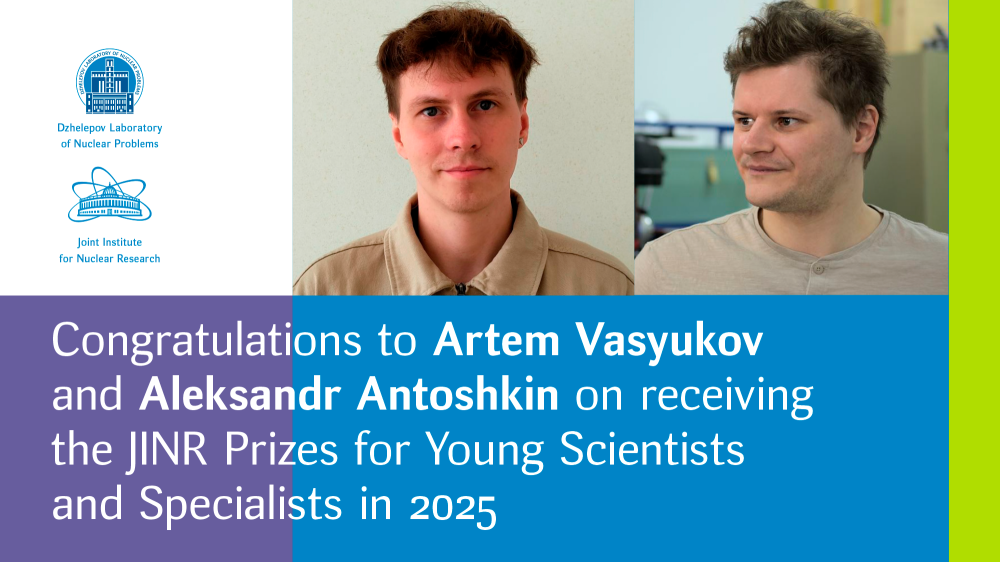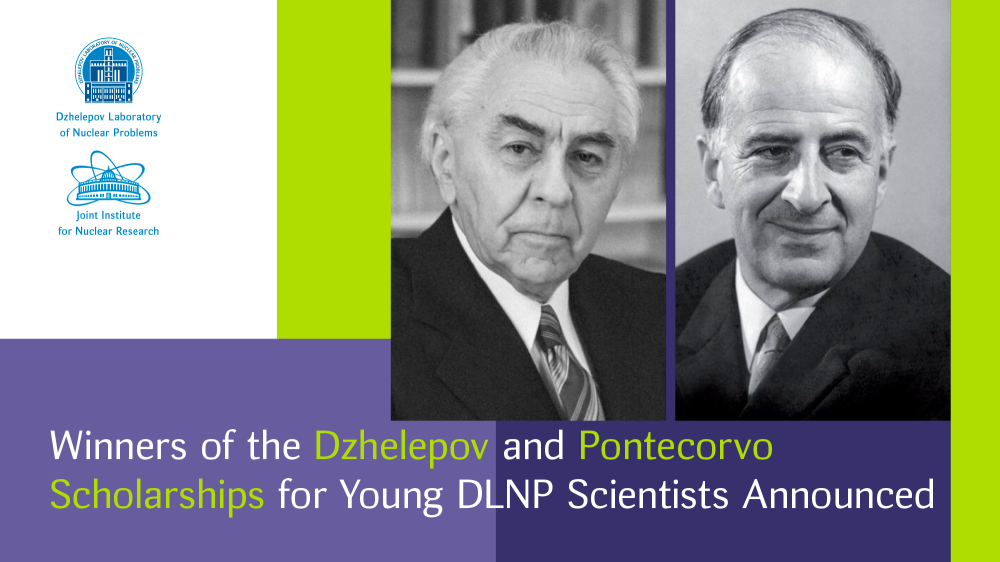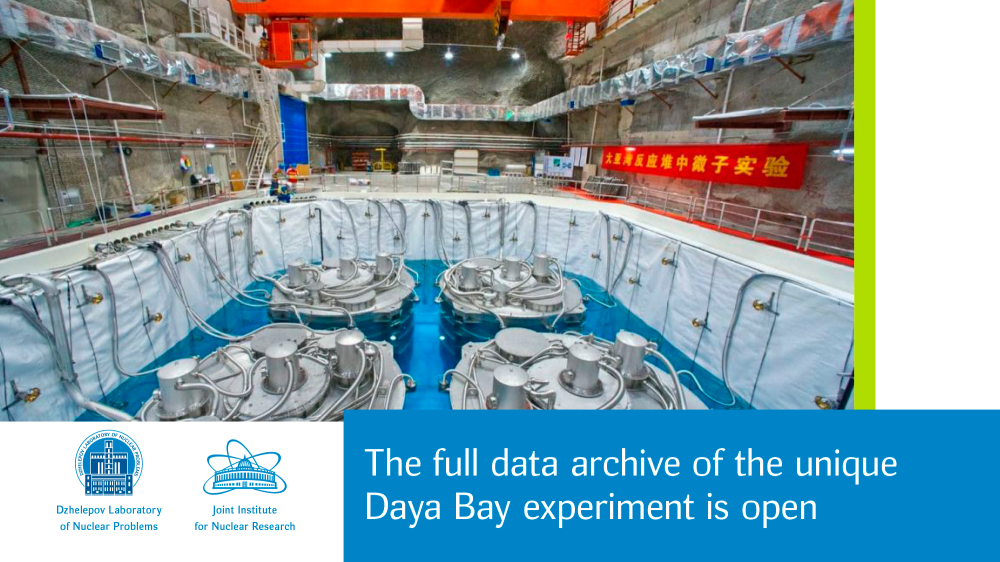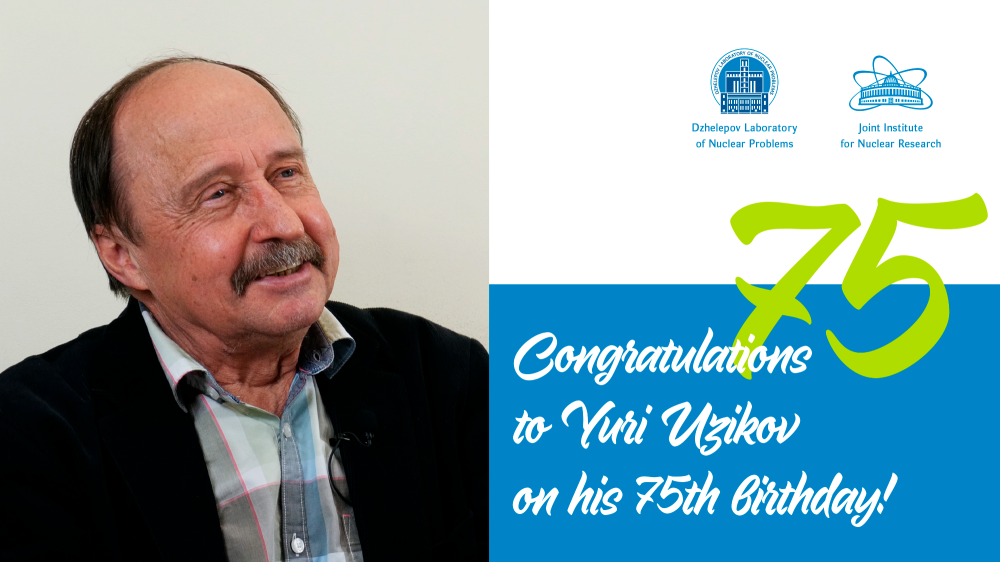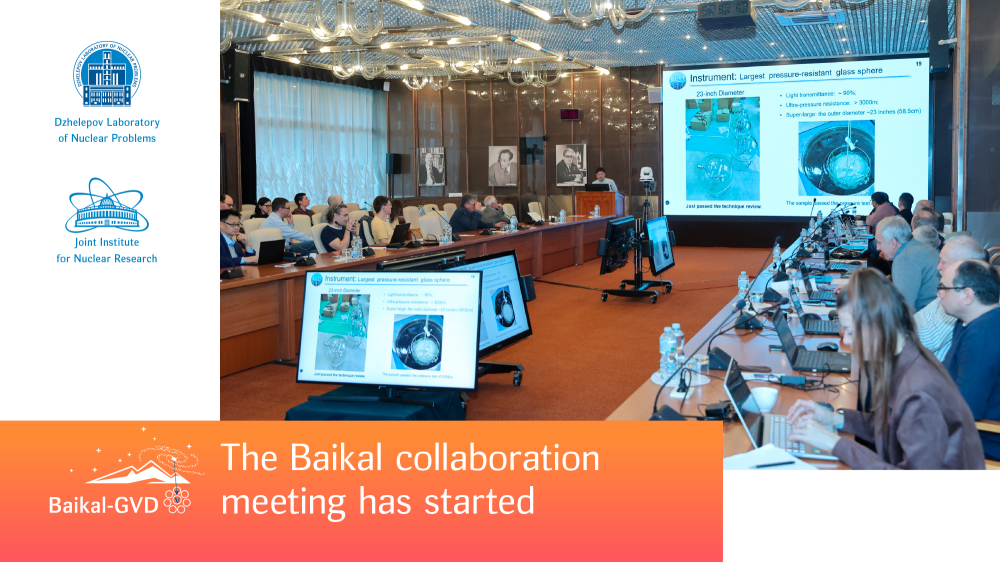In Lockdown: Chronicles and Comments. About the Methodology of Remote Experiments
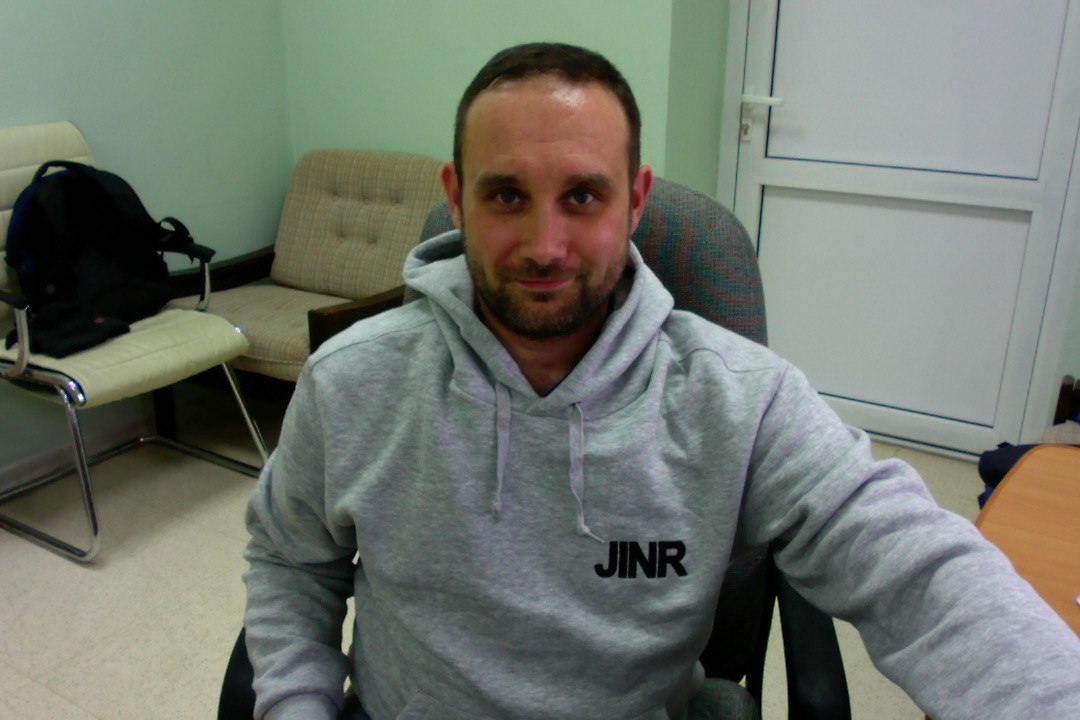
At present, we are focused on the tasks within JINR Theme 1099 “Neutrino Oscillation Research” aimed at the methodology development to support a range of experiments. For NOvA, we host the Remote Operation Centre, test electronics and explore the properties of the NOvA scintillator. For DUNE, we elaborate a light detection system in liquid argon for the DUNE near detector. For JUNO, we test large-sized photomultipliers and design high-voltage cells. For TAO, we develop new approaches and techniques for the SiPM mass testing. Collaborating in the COMPASS experiment, we also perform a series of studies with photodetectors exploring their applications.
As a matter of fact, our job requires a special working environment and can be done only at the laboratory and not from far away. That is why lockdown measures negatively affected the activities of our team. There are some procedures which cannot be stopped, for instance, the thermocycling of high-voltage cells for screening and the testing of their long-term operating capacity. Moreover, a lot of expensive high-tech equipment requires a close watch and maintenance even while being used remotely.
I am in charge of the general GreenLab functioning, so I go to work every day, inspect and maintain the equipment. Two more colleagues of mine, Aleksandr Selyunin and Dmitry Fedoseev, also have access to the laboratory, but I try to minimize their presence as far as possible, and they were here just a few times during the quarantine time. Other teammates, 13 people, work distantly.
Under the current circumstances, it is of great importance to continue promoting the expertise of our highly-skilled researchers which demanded to diversify some activities. For example, earlier, Aleksey Chetverikov mainly dealt with technical issues, such as assembly and production of electronic boards, but now, under the guidance of his more experienced colleague Dmitry Fedoseev, he acquires new skills in modelling and designing of electronic circuits. Here is another example, Sergey Sokolov is a design engineer. He ensured development of models and programmes for CNC-machine tools, as well as production of components for detector prototypes and measuring devices. Now that the production was brought to a halt, Sergey designs new prototype versions and catchy graphs for articles and presentations. He was asked to learn 3D animation to draw our experimental facilities, which will greatly improve the presentation quality of our projects within scientific public events. It is another important part of the scientific work. Many staff members are involved into analysis of data, we have already obtained, and are going to publish our research results in a very respectable journal Nuclear Instruments and Methods (NIM).
Actually, it is the best time to get down to your paper work. Adopting social distancing, we took part in preparing both the documentation for the prolongation of two projects on our Theme and the CDR conceptual report for the TAO detector, and also wrote two articles for the Journal of Instrumentation (JINST) based on the materials used at the INSTR2020 conference, which Aleksandr Selyunin and I attended at the end of February, and as mentioned above, we work on a full-length article for NIM.
While on quarantine, I held an online methodology DLNP seminar. On the whole, I really like the idea of remote meetings, seminars and Science & Technology Council sessions for you do not need to waste your time to get somewhere. You can listen to compelling seminars of your fellow scientists sunbathing peacefully on the balcony (or sitting at your workplace at usual time) with a cup of coffee. I hope to find this practice embedded in the life of our laboratory in future, then I would be able to participate in lab activities being even far away on a business trip. Our team has acquired a new habit to hold remote everyday meetings where I first report on the current status of all the processes being run at GreenLab, and then we start a round table discussion, and everyone has the opportunity to talk about their tasks.
Remote operations are another invaluable experience for us. Many of our JINR colleagues already know that for the NOvA experiment we have established a remote control room at GreenLab. Without leaving Dubna, we can entirely monitor and control the experiment in the US. We got used to this over the last five years. And now, the global lockdown has made us reconsider our shifts on scanning the JUNO photomultiplier tubes (PMTs) in China. Just a few months ago, these shifts were absolutely unthinkable without our personal presence onsite. To date, we have been forced to find a new possibility of performing our duties, and together with the JUNO collaboration, came to a temporary decision. On their part, they employ people who install PMTs, close the Dark Room and switch on high voltage. On our part, we launch remotely the scanning supervised by our assistant on duty. Vlad Sharov is on duty now. He gets up at 4-5 o’clock in the morning (it is 9-10 am in China) and starts working with our Chinese colleagues. We developed a special protocol with instructions for the co-workers from China since besides the scanning there is calibration and studying of the PMT functioning in a magnetic field, which requires some more expertise not only from the assistant on duty but also from the installers. No doubt, the efficiency of this method is lower compared to our shifts performed in person, and moreover, additional staff is needed, that is why we will continue sending our researchers to China for PMT testing after the pandemic is over. Denis Korablev works distantly with a container where 32 PMTs are being tested, which were installed to study their long-term stability. This facility is based in China as well.
Some of our teammates took the devices home and started working from there. For instance, Ilya Butorov took a FPGA development kit and is going to improve our firmware. Albert Sotnikov is about to explore at home the efficiency of wavelength shifting fibers made to our specifications at IHEP.
And, of course, data processing. Arseny Rybnikov along with Ilya Butorov, staying at home, create data analysis software intended for the data that will be taken from the test of the prototype light detection system. Arseny sometimes launches remotely the ADC in GreenLab for data acquisition. Ksenia Kuznetsova processes the SiPM measurement data at different temperatures for the upcoming publication. Vasily Gromov improves the SiPM power control software. Denis Korablev prepares the DAQ system for data taking from the light detection system and together with Anastasia Bolshakova analyses the PMT test data from China.
I cannot enumerate all the activities of our researchers, but we try to engage everyone. Generally, the quarantine seriously interfered in some projects, but we looked at the circumstances from another point of view and switched to those tasks that normally stand on a long-list. I personally can invest more time into writing articles and my thesis now. Anyway, we should not stop, we must go on.
Nikolay Anfimov


